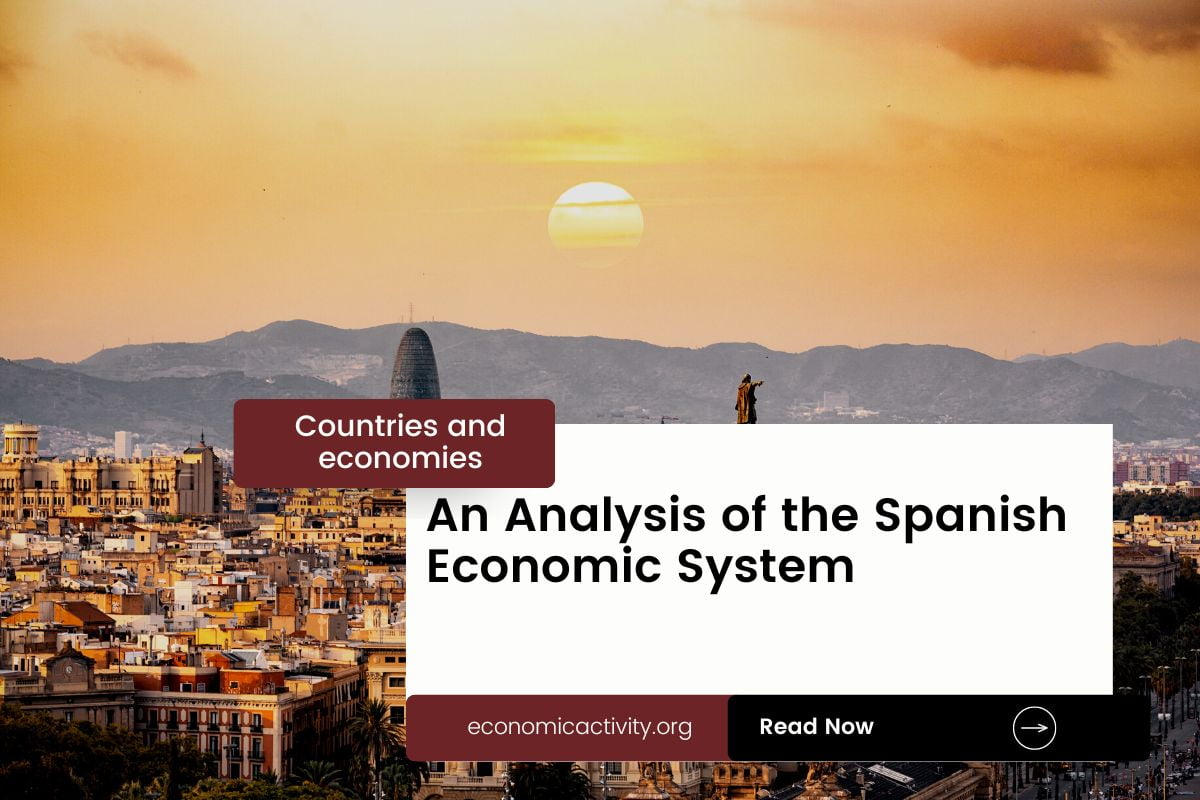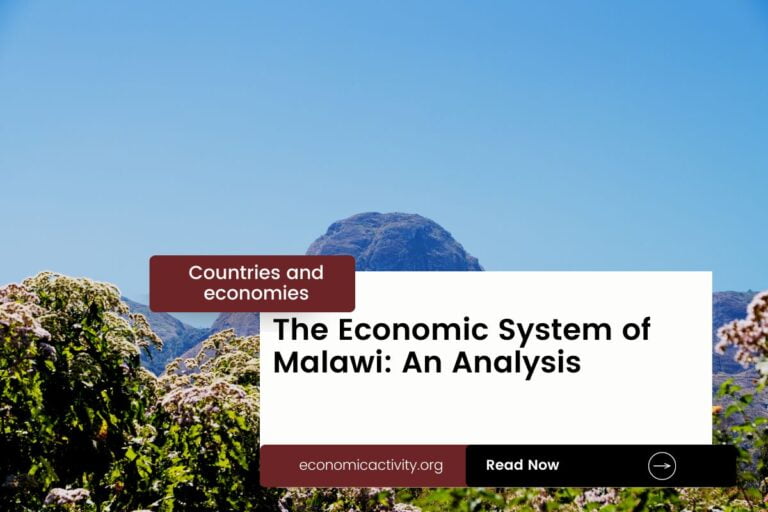What is the economic system of Spain? The economy of Spain is based on a mixed economy. The country’s economic system combines elements of a market economy and a planned economy.
Spain’s economy is diverse, with key sectors in manufacturing, services, and agriculture. It is one of the world’s leading producers of automobiles and fashion apparel. Spain’s tourism industry is also significant, attracting millions of visitors each year.
In Spain, the economy is composed of a private sector, consisting of individuals and businesses that make autonomous decisions based on self-interest, and a public sector, where the state determines the production and distribution of certain goods and services. No country is purely capitalist or purely communist.
What do the freedom indexes tell about the economic system of Spain?
Now, to determine if a country is mostly a market economy or a planned economy, it is useful to examine some economic indexes. For instance, according to the 2022 Index of Economic Freedom, which measures the ability of every human to control his own labor and property, Spain is ranked 41st globally and 26th in Europe indicating that the country has a moderately free economy.
In a similar way, the 2022 Freedom House index evaluates the state of political rights and civil liberties globally. Generally, market economies tend to align more with democracy and freedom, while command economies tend to be characterized by greater state control and fewer democratic and civil liberty protections. Spain gets a score of 90/100, which qualifies it as Free.
Spain is a country where the government does not control what people do for political reasons, and people have the freedom to choose (what, how much, and how to produce, whether to buy or not, selling price, etc.)
The Link Between Public Sector Employment and the Economic System of Spain
An indicator of the extent to which the State is involved in the economy is the number of public sector employees. In Spain, according to ILOSTAT, the number of public sector employees as a percentage of the total workforce is 16.3% (2019).
In the country’s mixed economy, the number of public sector employees as a percentage of the total workforce varies based on the specific policies and practices adopted by the State. Some economic activities are left to the private sector while others are under government control. The bigger the public sector the closer the economy is to being a command economy.
What do the biggest companies in Spain say about the country’s economic system?
The biggest company in Spain should also be looked at, as well as whether it is a state-owned or private company. In this case, Inditex is a global fashion retailer with over 7,000 stores in 93 countries. The company s a publicly-traded company listed on the Spanish stock exchange. The ownership of Inditex is distributed among individual and institutional shareholders who hold its common stock. It shows how the biggest companies in the country are privately owned.
The historical factors that have influenced the economic system of Spain
The current mixed economy system of Spain in the last century is the result of a combination of factors, including the country’s transition from a largely agrarian economy to a more industrialized one, the influx of foreign investment, and the implementation of various economic reforms.
These reforms have allowed for greater competition, increased foreign investment, and the development of a more open and dynamic economy. As a result, Spain has seen a rise in economic growth and a decrease in unemployment.
More: Top 10 Biggest companies by revenue in Spain





Leave a Reply